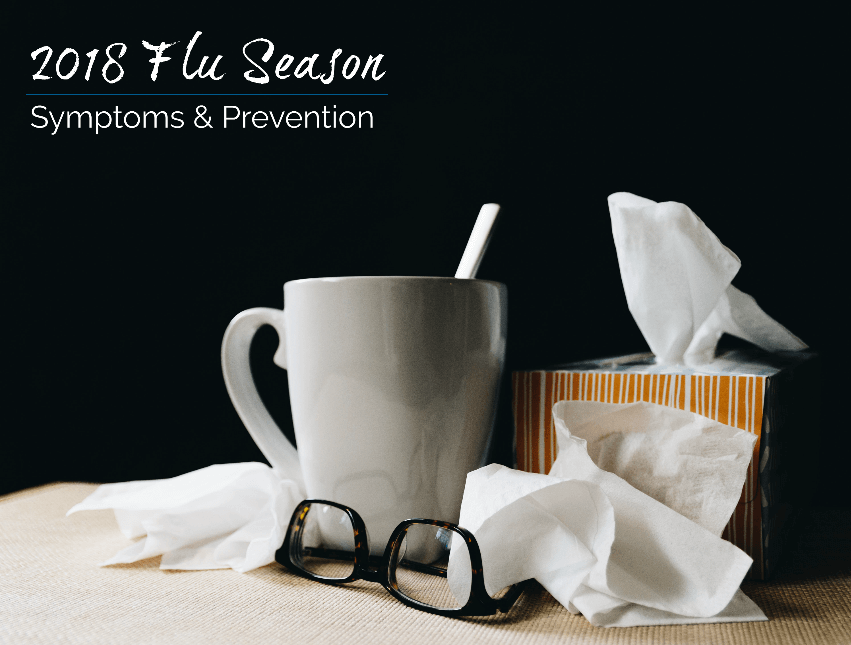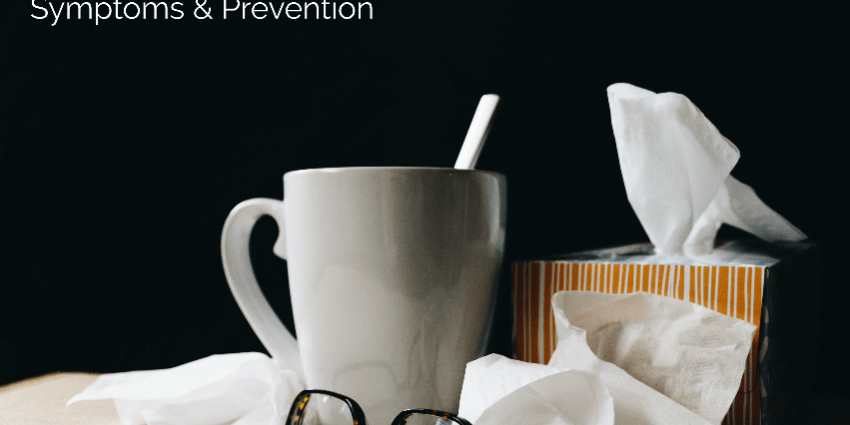
With FLU season in full swing and nastier than ever be sure to be aware of these symptoms:
Symptoms
Flu symptoms vary from person to person. In general, people who have the flu often feel some or all of these symptoms, according to the CDC:
- Fever or feeling feverish/chills (not everyone with flu will have fever)
- Cough
- Sore throat
- Runny or stuffy nose
- Muscle or body aches
- Headaches
- Fatigue (tiredness)
- Vomiting and diarrhea, although this is more common in children than adults
Most people who get the flu get better in several days to less than two weeks. But some people can develop serious complications caused by viral infection of the nasal passages and throat and lungs. Young children, adults ages 65 years and older, pregnant women, and people with certain chronic medical conditions are among those groups of people who are at high risk of serious flu complications, possibly requiring hospitalization and sometimes resulting in death.
Prevention
Preventing transmission of influenza virus and other infectious agents within healthcare settings requires a multi-faceted approach. Spread of influenza virus can occur among patients, HCP, and visitors; in addition, HCP may acquire influenza from persons in their household or community. The core prevention strategies include:
- administration of influenza vaccine
- implementation of respiratory hygiene and cough etiquette
- appropriate management of ill HCP
- adherence to infection control precautions for all patient-care activities and aerosol-generating procedures
- implementing environmental and engineering infection control measures.
Successful implementation of many, if not all, of these strategies is dependent on the presence of clear administrative policies and organizational leadership that promote and facilitate adherence to these recommendations among the various people within the healthcare setting, including patients, visitors, and HCP. These administrative measures are included within each recommendation where appropriate. Furthermore, this guidance should be implemented in the context of a comprehensive infection prevention program to prevent transmission of all infectious agents among patients and HCP.






